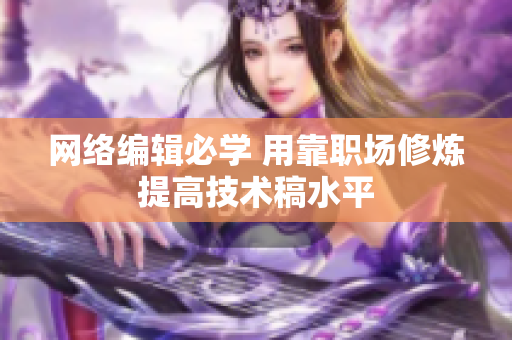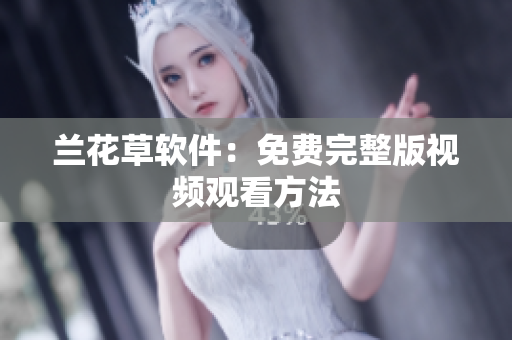Java GenericVisitorAdapter: What It Is and How It Works
If you're a Java developer, you've probably heard of the Visitor pattern. It's a way to separate logic from data structures, making your code more modular and flexible. However, implementing the Visitor pattern in Java can be a bit cumbersome, especially when it comes to dealing with generic types. This is where the Java GenericVisitorAdapter comes in.
The GenericVisitorAdapter is a class that provides a default implementation for the Visitor pattern in Java. It's designed to work with any class hierarchy, whether it's generic or not. The class has a few methods that you can override to customize its behavior, but for the most part, it takes care of the boilerplate code that you would normally have to write yourself.
Here's an example of how you might use the GenericVisitorAdapter:
```java
public class MyVisitor extends GenericVisitorAdapter {
public void visit(MyClass obj) {
// do something with obj
}
}
public class MyClass {
public void accept(Visitor visitor) {
visitor.visit(this);
}
}
public class Main {
public static void main(String[] args) {
MyClass obj = new MyClass();
MyVisitor visitor = new MyVisitor();
obj.accept(visitor);
}
}
```
In this example, we define a visitor subclass called MyVisitor that extends GenericVisitorAdapter. We override the visit method to do something with our data structure, which is an instance of MyClass. We then define a method in MyClass called accept that takes a Visitor object as a parameter. This method calls the visit method on the visitor object, passing in a reference to itself.
Finally, in the Main class, we create an instance of MyClass and an instance of MyVisitor. We call the accept method on the MyClass instance, passing in the MyVisitor instance. This triggers the visit method on the MyVisitor instance, which does something with the MyClass instance.
Overall, the GenericVisitorAdapter simplifies the implementation of the Visitor pattern in Java, especially when it comes to dealing with generic types. It's a useful tool for any Java developer who wants to write more modular and flexible code.
Hennessy: The Rapper Who's Taking the World by Storm
If you're into hip-hop, you've probably heard of Hennessy. She's a female rapper who's been making waves in the music industry for the past few years. Born in New York City, Hennessy (real name: Hennessy Carolina) is the younger sister of the popular rapper Cardi B. However, she's more than just Cardi B's sister – Hennessy is a talented artist in her own right.
Hennessy began rapping as a hobby when she was in high school, but it wasn't until she started posting videos on Instagram that she gained a following. Her catchy rhymes and confident delivery caught the attention of music industry insiders, and she was soon signed to a record label.
Since then, Hennessy has released several singles and collaborations, and she's gained a loyal fanbase around the world. Her music is a mix of trap, R&B, and pop influences, and her lyrics often touch on issues like love, relationships, and empowerment. She's known for her distinctive voice and style, and she's been compared to artists like Nicki Minaj and Lil' Kim.
In addition to her music career, Hennessy is also a social media star. She has millions of followers on platforms like Instagram and TikTok, where she shares behind-the-scenes glimpses of her life and work. She's become a role model for young girls who aspire to be like her.
Overall, Hennessy is a rising star in the hip-hop world, and she's showing no signs of slowing down. Her music is infectious, her style is unique, and her energy is contagious. She's definitely one to watch in the coming years.
iPhone: The Ultimate Status Symbol in the Western World
When it comes to smartphones, there's no denying that the iPhone is king. Since its launch in 2007, the iPhone has become the ultimate status symbol in the Western world. Owning an iPhone is seen as a sign of wealth, success, and sophistication.
So, what makes the iPhone so special? For starters, it's a beautifully designed product. The sleek, minimalist look of the iPhone has become a hallmark of Apple's brand. The phone is made from high-quality materials, like glass and aluminum, and it feels luxurious in your hand.
But it's not just about aesthetics. The iPhone is also a highly functional device. Its operating system, iOS, is known for its user-friendliness and stability. The phone is packed with features, like high-quality cameras, fast processors, and long-lasting batteries. And, of course, it gives you access to the vast ecosystem of apps and services available through Apple.
But perhaps the biggest draw of the iPhone is what it represents. Owning an iPhone is a statement – it says that you're someone who values quality, style, and sophistication. It's a way to signal to the world that you've made it, that you're part of the elite few who can afford the best.
Of course, not everyone agrees that the iPhone is worth the price tag. There are plenty of other smartphones on the market that offer similar features at a lower cost. And some people see the iPhone as a symbol of consumerism and excess.
But love it or hate it, there's no denying that the iPhone has become a cultural icon in the Western world. It's a product that represents not just functionality, but also aspiration and status. And as long as Apple continues to innovate and push the boundaries of design and technology, it's likely that the iPhone will remain a coveted status symbol for years to come.









